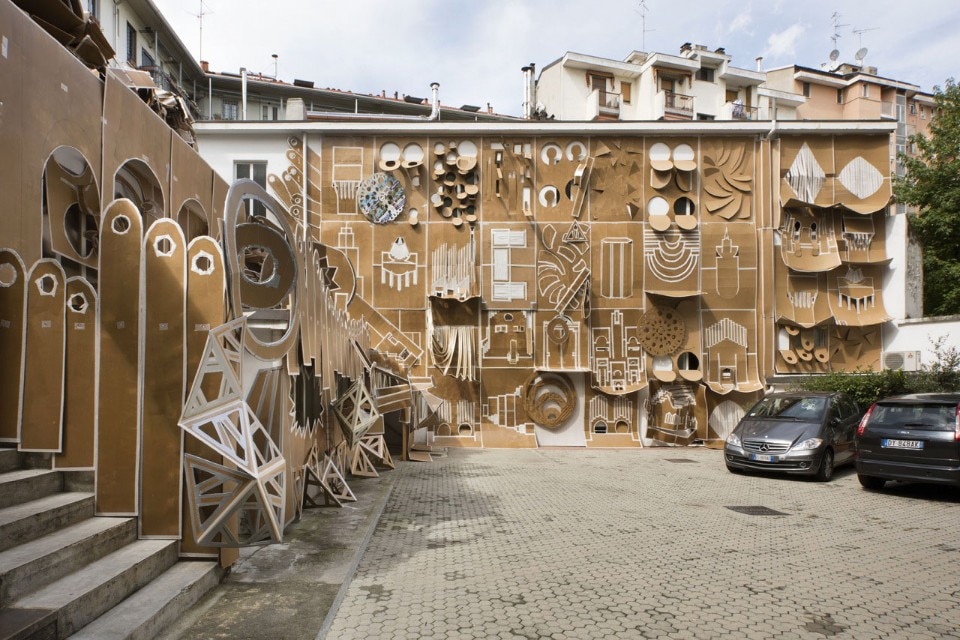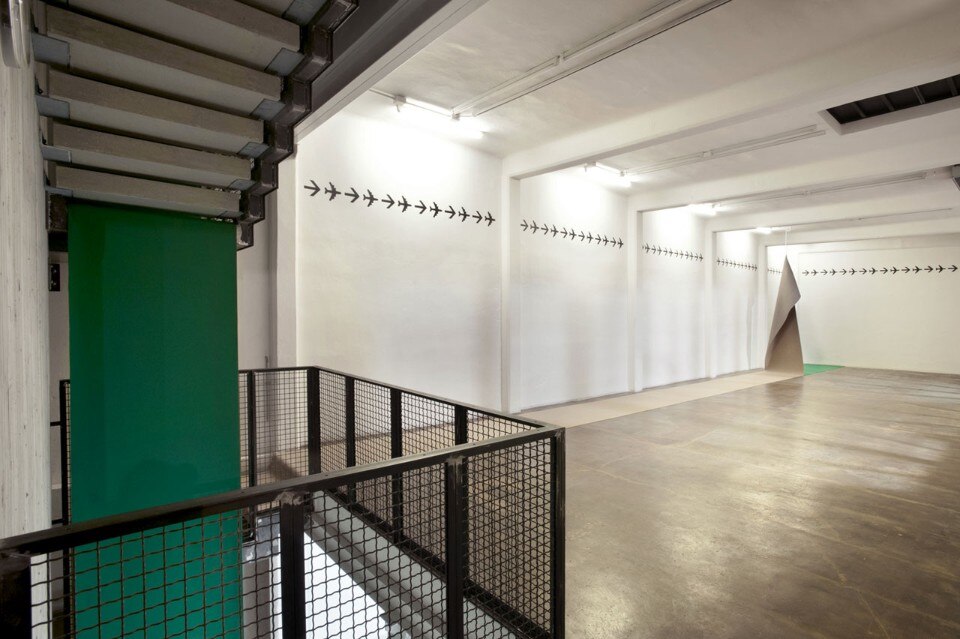
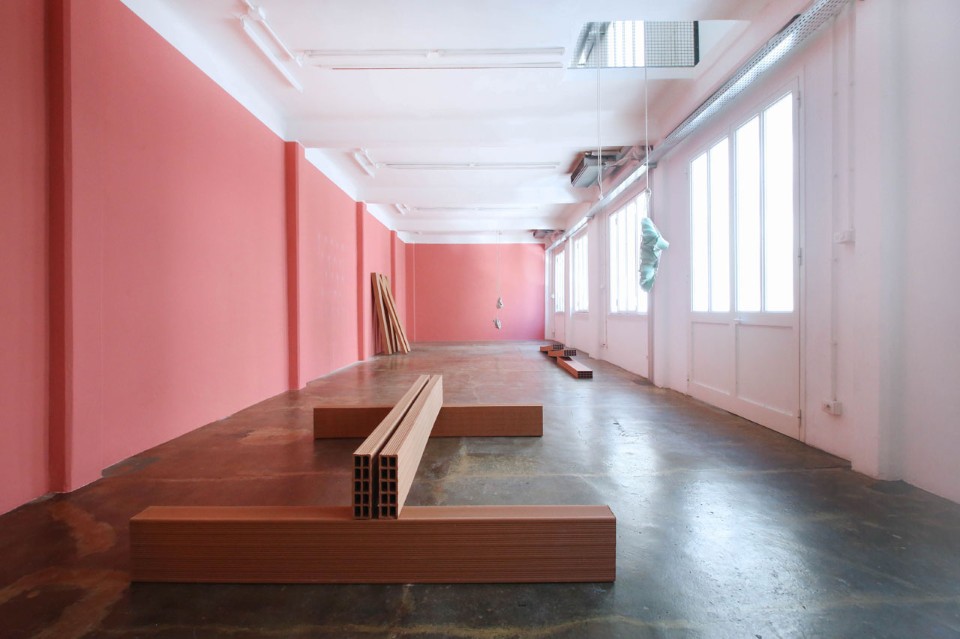
Gabi Scardi: You opened Marsèlleria in 2009. What was the idea behind it?
Mirko Rizzi: A very elementary idea: I wanted to use a space that we already had, where we worked in fashion. I wanted to make use of it and get busy with art, something that has always been a great interest for several partners of the company. The decision was influenced by my wish to give production support to people needing it for different reasons – economic or related to freedom of expression. Our sensibility comes from direct experience. We experienced in our field the challenge of wanting to experiment, so we know it very well, including the difficulties, hard work and at certain times the frustration of not being able to express yourself without accepting to align with standards, stereotypes or fashion trends – issues that by now are well-known and common to everyone.
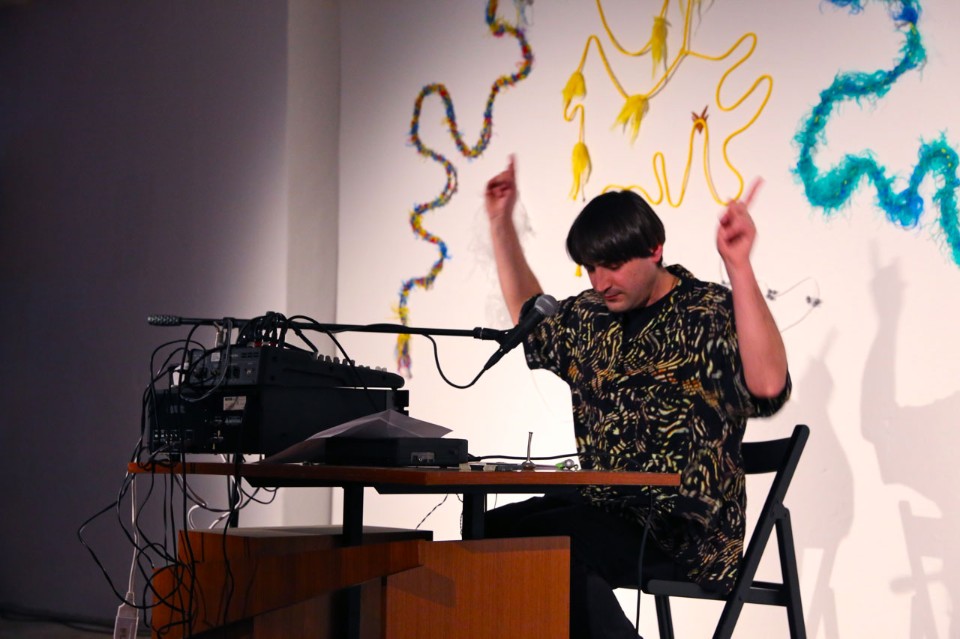
Gabi Scardi: How did you decide to open to the public? What did it entail? Who are you aiming to receive?
Mirko Rizzi: If you don’t open up to the public, you’re not open to anyone. We know well that in this world we live in, you don’t choose; you are chosen. So I really never thought to aim for a particular group. I am happy to relate to a vast range of humanity, heterogeneous and rich in infinite tonalities of types. Unfortunately, we receive less surprising visitors now, because people coming here are quite prepared. But this could be interpreted as a gratifying result.
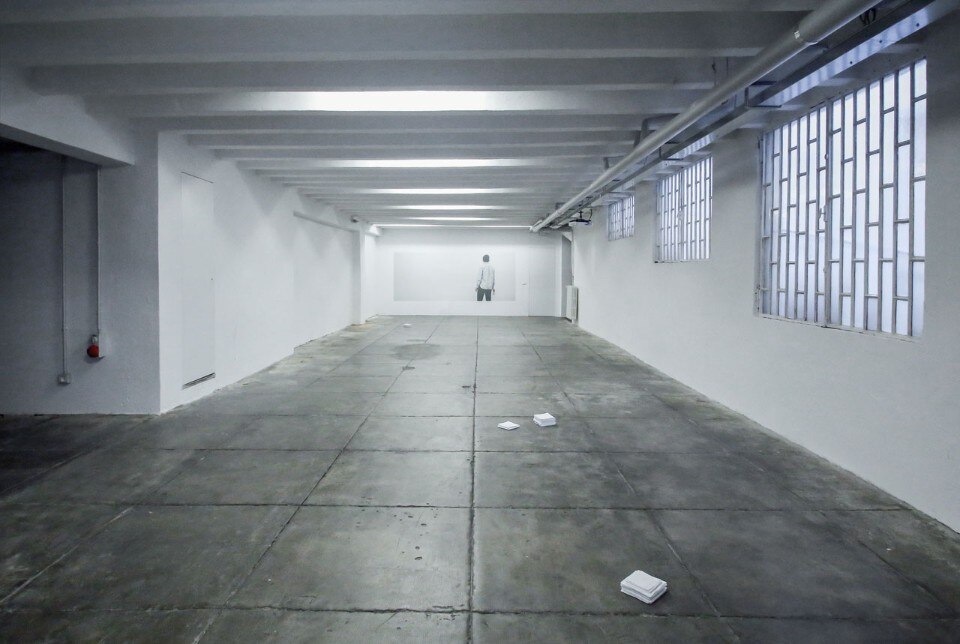
Gabi Scardi: How have things changed since you opened?
Mirko Rizzi: They haven’t changed much. The spirit hasn’t changed at all. The mistakes are still the same. Maybe the main changes have been in the volume of work and its intensity. That's where the change has been: from being a passion to being work. Although I must say that real work is something else, it’s technically almost an obligation. But if you can decide the hours, the ways and you’re free to decide: you’re not working; you’re doing something else.
Gabi Scardi: Are you a collector in any way?
Mirko Rizzi: I never had the idea to collect, although I think it is an innate behaviour in modern times and maybe in ancient times, too. Everybody collects something. Collecting is based on a feeling that comes from the need to possess. But it can be done in many ways. To me, artwork is like a postcard sent to yourself and thumbtacked to an intimate space to remember a moment and a relationship. Buying gives me pleasure when it translates to supporting a project that means a great deal to me.
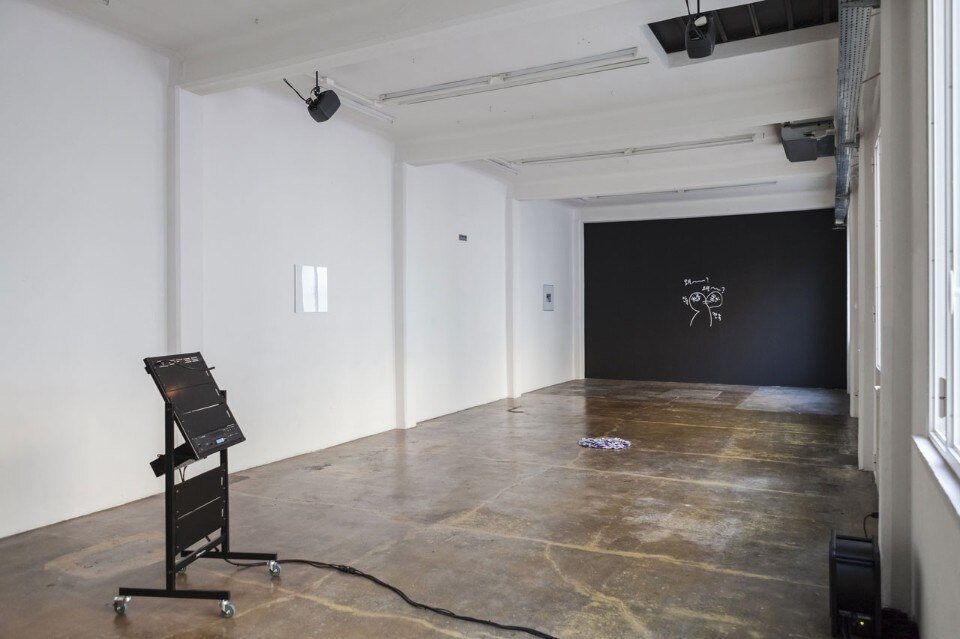
Gabi Scardi: You go about things in such a free way. How do your choices come about?
Mirko Rizzi: My choices always come about in a free way! Fortunately, there is space for people like me who haven’t studied contemporary art in Los Angeles. That's an experience I find very intelligent, something I’d advise a child of mine to do, and if I could turn back time, I’d do it myself, but often the alternative roads to the ordinary one are the ones that offer more emotional involvement.
Gabi Scardi: Your approach to art seems highly personal. Your evaluations come about mostly through directly knowing the artists. You cultivate these relationships and explore projects before concentrating on the objects that make up the exhibitions. Is that right?
Mirko Rizzi: The objects are the least interesting part of an exhibition, in most cases and with most artists. Many artists shouldn’t even need to finish producing their thoughts. In certain cases, that’s just a useless and superfluous exercise. It’s too bad that institutions, banks and the whole economic world have not understood that yet, but they’ll get there. We might even have a poet president in a few years. To be able to have an exchange with people who have the freedom that an artist has is an incredible privilege. The only problem is that, like all long-distance relationships, they end. Obviously, the problem is falling in love. For people who are involved in art, but not for work, the emotional exposure can be very high. Relationships can be intense, sincere and dramatic. This is a strange, almost mystical ambit, in which love and hate chase each other around constantly. The personalities that inhabit it are diverse and multiple, always particular.
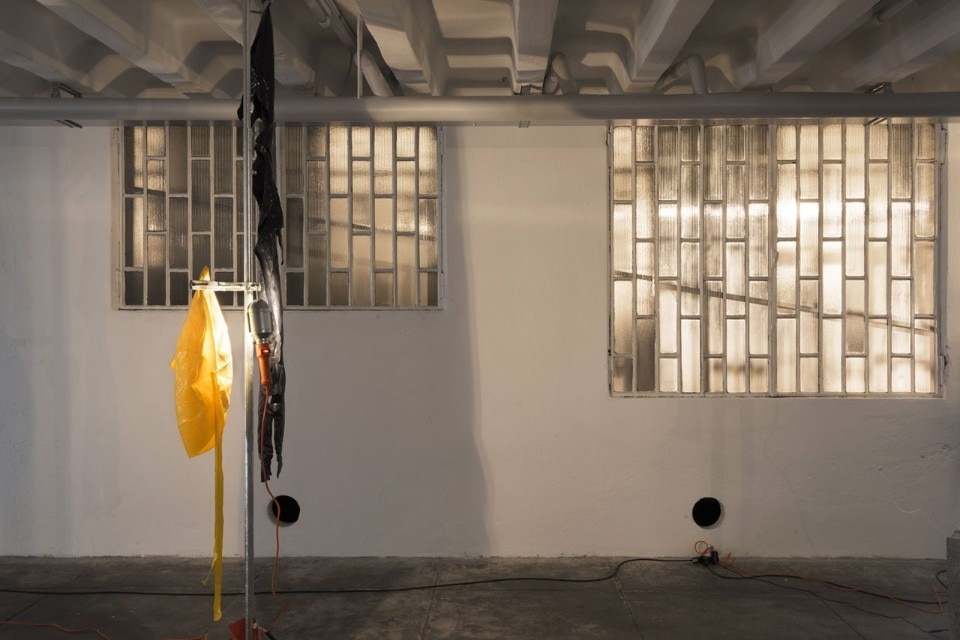
Gabi Scardi: What role do you attribute to the curator?
Mirko Rizzi: That’s a big question! I’ll answer it like I answer the same question about other categories. There are very few exceptional ones and very many useless ones. In a structured context, it’s a job. In other contexts, it’s everything! The curator is a professional who can hide artists of great talent. It’s a person who does his job by using the hands, body and time of the artist.
Gabi Scardi: You give much of your attention to Italian artists. I imagine that’s a choice.
Mirko Rizzi: Choices make choices. If your base is in Italy, you’re Italian at that moment. So that means we only have Italians. If I’m in New York, I might meet a Chinese artist with lots of beauty to share, and if that person wants to share it in Italy, in Milan, then here we are! How do I call them? I call with my cell phone and hope they answer.
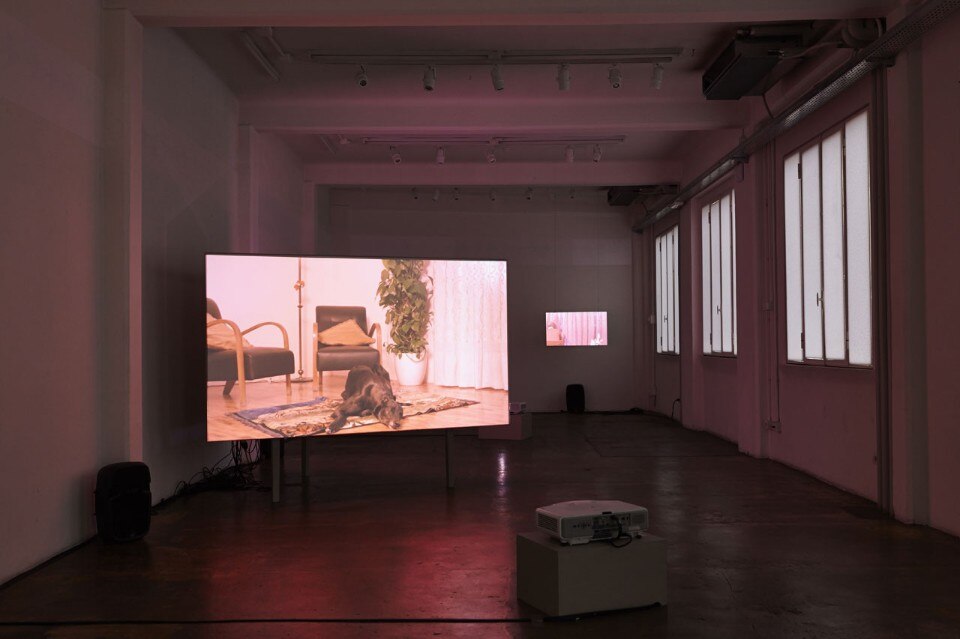
Gabi Scardi: You like experimentation, not only visual, but with sound. Where did that interest come from?
Mirko Rizzi: Knowing that would help me explain. Everyone has something that moves his or her soul – an animal, a colour, a natural phenomenon or even something immaterial. In my case it’s sound. In reality, I’m not an aficionado, I’m not “hooked” or a fan, but I must say that frequencies create intense feelings in me. I really don’t know where it comes from; I have no relatives or direct contact with that world. It must be in my genes. However, sound is not my exclusive prerogative; it is a natural element that has always attracted humans. In many different ways it has been at the centre of peoples’ culture. There has never been a world without sound!
Gabi Scardi: You follow different roads. Besides organising exhibitions at your space, you support artists and projects external to Marsèlleria. What motivates you in that sense?
Mirko Rizzi: Curiosity makes me look around very freely. There is no brief. I have the freedom to not set limits for myself and not create problems for myself. The same was true for the choice of venue. In our first space and in the second, which opened a few months ago, the decision was based on falling in love. I sensed positive energy, and that was all I needed.
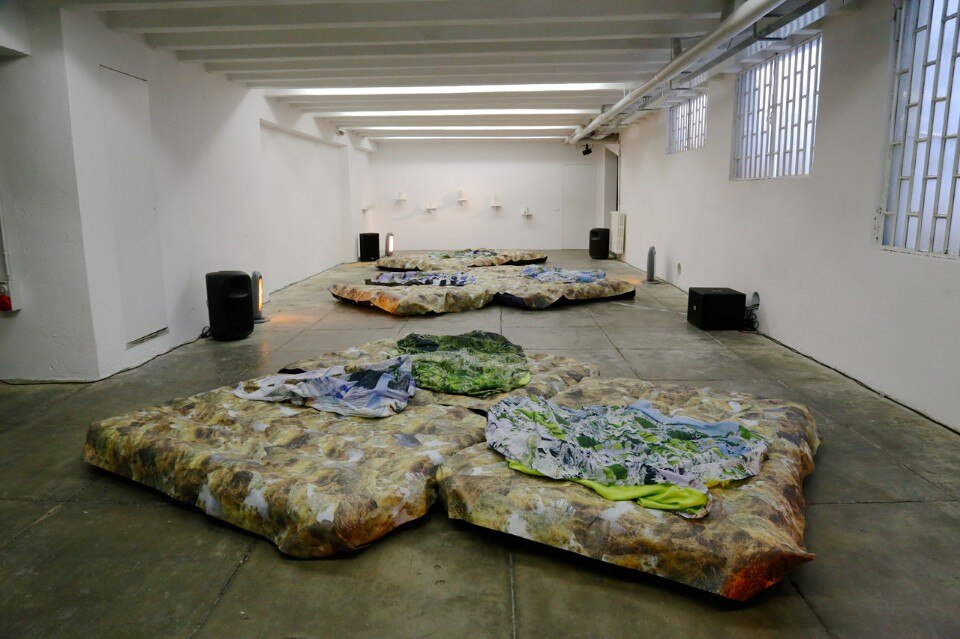
Gabi Scardi: Is there any project that is important to you, that gave you gratification and that you feel very attached to?
Mirko Rizzi: Nothing can beat love and affection: my children project! But to return to what we were talking about, I’d like to organise an exhibition of all the artists who have passed through the Marsèlleria – even though we, or I, have had some problems and some unpleasant situations. Overall, the initiatives have been really meaningful. If you visit our website, you notice immediately who our favourites are. Perhaps the most talented artist of his generation is a man who is not even an artist: the great Giovanni Donadini. He’s sort of aware that he’s good, but it irks him to know it. Anyway, excellent talents come our way and work with us.
Gabi Scardi: Are there new extensions to the Marsèlleria project?
Mirko Rizzi: Marsèlleria is also a bookstore now and a space to consult books, where you can find publications by publishing houses that are under-represented in Italy. It’s meant to activate interaction beyond the exhibitions. We have a new location opening soon in New York City – we are defining that project at the moment.


